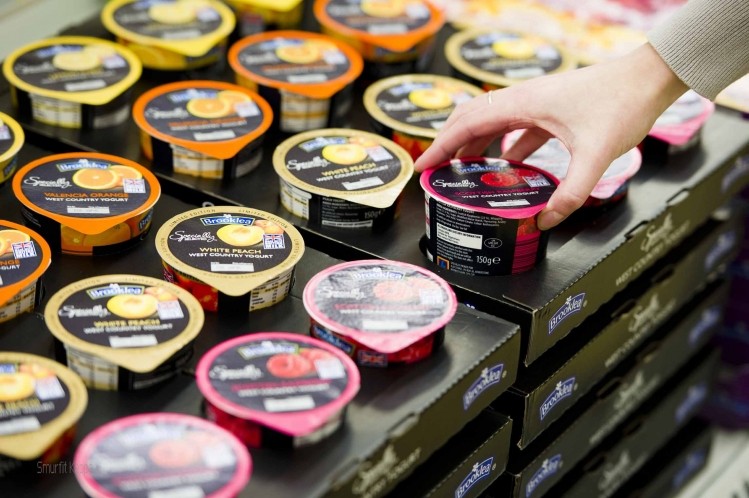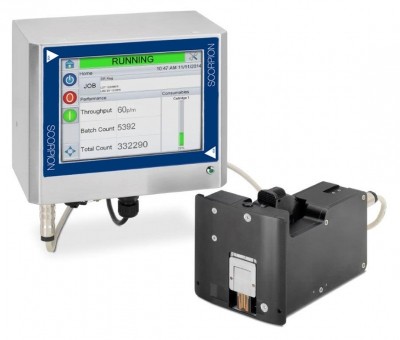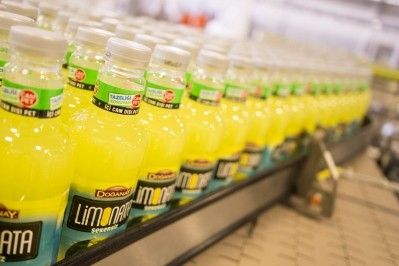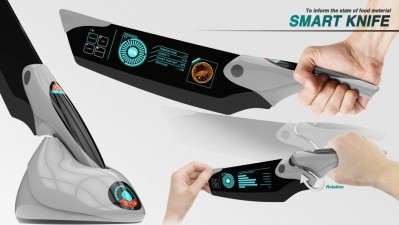Shelf-ready is a missed opportunity

Depending on the category and the type of shopping journey, evidence suggests that between 60% and 80% of purchase decisions – over and above ‘shopping list’ items – are made in-store, the company explained.
It claimed that up to 40% of the shelf facing relating to a specific product that a consumer viewed was likely to consist of secondary packaging. “We have developed a proprietary technology which allows us to analyse the consumer response to this packaging through virtual reality,” said vice president for marketing, research and development Arco Berkenbosch.
While eye-tracking technology is nothing new for monitoring small samples of consumers, Smurfit Kappa’s online system can give qualitative research statistical significance, allowing tests to be run with up to 4,000 consumers in a few days.
Higher visibility
“We can measure eye movements, change the packaging and then measure how much more attention the product receives,” said Berkenbosch. “Our tests show that up to 76% of products have higher visibility when shelf-ready packaging (SRP) is used.”
To allow brand-owners to see how some of these options work, Smurfit Kappa has opened a second UK ‘Experience Centre’, complete with simulated supermarket aisles and other ways of exploring innovation. The first was at Yate, near Bristol, and the second is at Mold, North Wales. The supplier has five other such centres around Europe.
Berkenbosch called SRP and more general POS activity “one of the most under-utilised parts of the marketing mix”.
Smurfit Kappa’s perspective represents a major shift from the intense retailer-driven focus on SRP around a decade ago.
He explained: “SRP was introduced as a logistics tool by retailers. But I’m constantly surprised that in this world where we are told it’s so difficult to reach consumers, brand-owners haven’t embraced this opportunity of using the box in front of the consumer on the shelf.”
The specific job that the SRP was required to perform would depend on the particular category and the brand’s place in that category.
Quicker
“In the confectionery category, for instance, where a brand-owner’s single identifying colour dominates, challenger brands will want to use a disruptive colour,” said Berkenbosch. “But if you are already the market leader, you may want to include navigation aids so that shoppers can find their way to a given variant more quickly.”
The company stressed the speed with which secondary packaging can be changed in order to introduce a new promotion or element within a promotion. “Unlike with most primary packaging, a change to the SRP outer can take weeks rather than months,” said Berkenbosch.
















